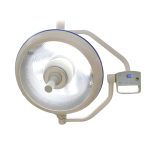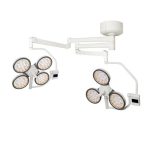Troubleshooting Guide: Why is My LED Light Blinking and How to Fix It

LED lights are among the most popular lighting solutions for both residential and commercial settings. They offer energy efficiency, long lifespan, and a bright, consistent light output. However, even the most reliable LED lights can develop problems over time. One of the most common issues is blinking, which can be annoying and distracting, and may indicate a more serious underlying problem. In this troubleshooting guide, we will explore the reasons why LED lights blink and provide practical solutions to fix them. There are several reasons why LED lights may blink, including problems with the power supply, the LED driver, or the lighting circuit. It is crucial to identify the root cause of the problem to prevent further damage to the LED light and ensure that it runs safely and efficiently. This guide will provide step-by-step instructions on how to diagnose and fix the most common problems that cause LED lights to blink. Whether you are a homeowner or a professional electrician, this guide will help you troubleshoot and resolve LED blinking problems quickly and effectively.
LED lights, or Light Emitting Diodes, are a type of energy-efficient lighting technology that has become increasingly popular in recent years. Unlike traditional incandescent bulbs, LED lights use a semiconductor to convert electricity into light, which results in less heat and more energy savings. They are available in a wide range of colors, shapes, and sizes, making them versatile for use in a variety of settings, including homes, offices, and outdoor spaces. LED lights are also known for their durability and long lifespan, making them a more sustainable lighting option. Their importance lies in their ability to reduce energy consumption and costs while providing bright and reliable lighting solutions.
LED lights are a popular choice for their energy efficiency and long lifespan. However, one common issue that many LED light users face is blinking. There are several reasons why LED lights might blink, including power supply issues, loose connections, faulty wiring, and voltage fluctuations. In some cases, the issue may be caused by a defective LED driver or a damaged LED bulb. To troubleshoot the problem and fix the blinking issue, it is important to first identify the root cause of the problem. This can be done by checking the power supply, examining the wiring and connections, and testing the LED driver and bulbs. Once the cause of the blinking is determined, appropriate steps can be taken to fix it and ensure that the LED lights function properly.
Check the Power Source
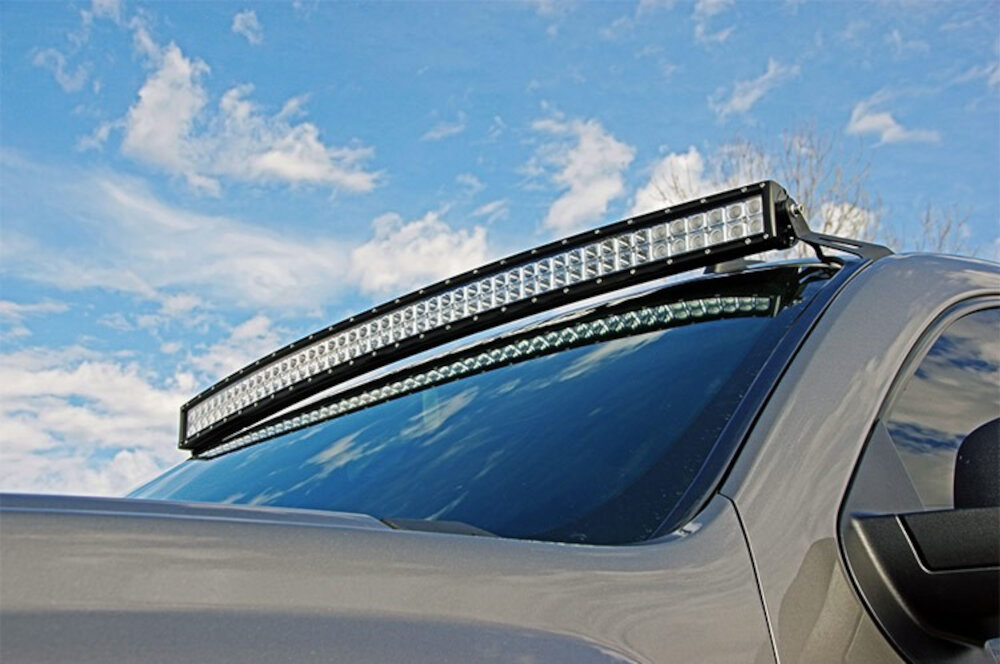
When it comes to troubleshooting an LED light that is blinking, the first thing to do is to check the power source. The power source is the most important component of any electrical device, and it is no different for LED lights. Make sure that the power source is properly connected to the LED light and that the cord is not damaged or frayed in any way. If the cord is damaged, it can cause a short circuit, which can lead to the LED light blinking or not working at all. Additionally, make sure that the power source has not been interrupted or affected by any power surges or outages. If there is a power surge or outage, it can cause the LED light to blink or malfunction. It is also important to check the voltage of the power source. LED lights require a specific voltage to operate correctly, and if the voltage is too high or too low, it can cause the LED light to blink. Make sure that the voltage of the power source matches the requirements of the LED light. If the voltage is too high, it can cause the LED light to burn out, and if it is too low, it can cause the LED light to blink or not work at all. If the power source is functioning correctly and the voltage is within the required range, but the LED light is still blinking, then the issue may lie with the LED light itself, and further troubleshooting will be needed.
The power source is a crucial factor when it comes to LED lights because it directly affects their performance. LED lights are sensitive to fluctuations in voltage, current, and frequency. If the power source is unstable, the LED lights may flicker, dim, or even fail to function altogether. In some cases, the LED lights may also emit a buzzing sound due to the power source’s interference. It is essential to ensure that the power source is compatible with the LED lights’ specifications and requirements to avoid any issues. Using an appropriate voltage converter, surge protector, or stabilizer can help stabilize the power supply and eliminate any blinking or flickering problems.
If your LED light is blinking, the first step in troubleshooting is to check the power source. To do this, start by unplugging the light and any other devices connected to the same outlet. Next, plug in a different device to the outlet to ensure that it is receiving power. If the device works, then the problem is likely with the LED light itself. If the device does not work, check the circuit breaker or fuse box to see if a breaker has been tripped or a fuse has blown. If this is the case, reset the breaker or replace the fuse and try the outlet again. If the problem persists, it may be a wiring issue and you should seek the assistance of a licensed electrician.
Check the Wiring
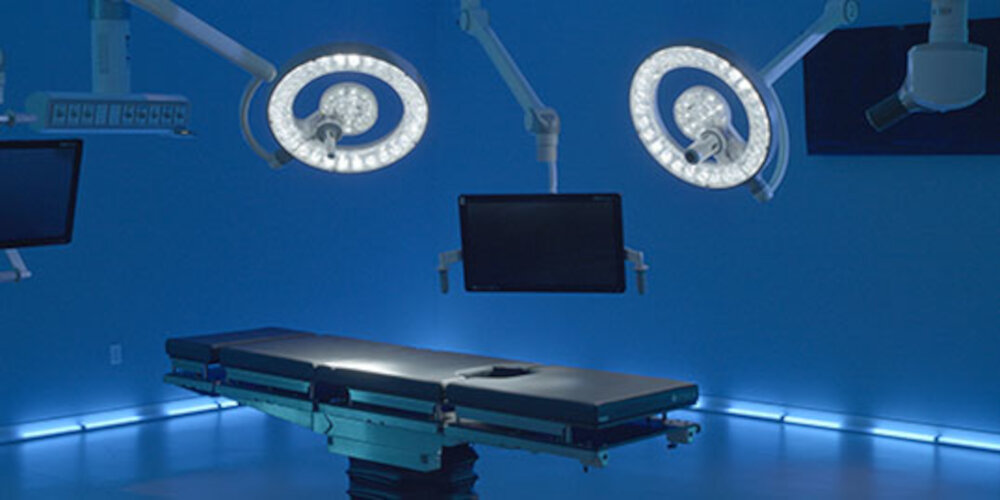
If your LED light is blinking, one of the first things you should check is the wiring. Poor wiring connections can cause intermittent electrical signals to the LED, leading to blinking or flickering. Begin by examining the wiring connections at both ends of the LED light. Ensure that the wiring is firmly connected to the power source and that there is no damage to the wiring or the connections. If the wiring is loose or damaged, it may need to be replaced or repaired. Another issue that can cause LED lights to blink is incorrect wiring polarity. When wiring an LED light, it is important to ensure that the positive and negative wires are connected correctly. If they are reversed, the LED will receive an intermittent electrical signal, causing it to blink or flicker. Check the wiring polarity by following the manufacturer’s instructions or using a multimeter to test the connections. If the polarity is incorrect, simply switch the wires to the correct positions and test the light again. By checking the wiring connections and polarity, you can often resolve the blinking LED light issue quickly and easily.
Faulty wiring can have a significant impact on the performance of LED lights. It can cause flickering, blinking, and even complete failure of the light. When the wiring is not properly installed or has become damaged over time, it can cause a disruption in the flow of electricity to the LED. This can lead to inconsistent power delivery, resulting in the light flashing on and off. Additionally, faulty wiring can cause the LED to overheat, shortening its lifespan and potentially causing it to fail prematurely. It is important to ensure that the wiring is correctly installed and regularly inspected to prevent these issues from occurring.
When troubleshooting a blinking LED light, checking the wiring is an essential step. To do this, start by turning off the power supply to the LED light. Next, inspect the wiring for any visible signs of damage, such as frayed or exposed wires. Check to make sure all connections are tight and properly secured. Use a multimeter to check for continuity in each wire, ensuring there are no breaks or shorts. If any issues are found, replace or repair the faulty wiring. Once the wiring has been checked and repaired, restore power to the LED light and test to see if the blinking has stopped.
Check the LED Bulbs

One of the most common reasons why LED lights blink is due to faulty bulbs. Before anything else, check your LED bulbs to see if they are working properly. Make sure they are securely installed in the socket and not loose. Loose bulbs can cause an intermittent connection, leading to flickering or blinking. If you find that the bulbs are loose, make sure to tighten them properly. You can also try swapping them out with new bulbs to see if that fixes the problem. Additionally, check the wattage of your bulbs. LED bulbs come in different wattages, and using bulbs with the wrong wattage can cause blinking or flickering. Make sure to use bulbs with the same wattage as recommended by the manufacturer. If you’re not sure about the wattage, check the bulb packaging or consult the manufacturer’s website. Checking the LED bulbs should be the first step in troubleshooting blinking lights, as it is often the easiest and most straightforward solution.
Faulty LED bulbs can have a significant impact on the performance of LED lights. When one bulb in a string of LED lights is not functioning correctly, it can cause the entire string to blink or flicker. This is because LED lights are designed to operate as a circuit, and a faulty bulb can disrupt the circuit’s flow of electricity. Additionally, a faulty bulb may draw more power than it should, causing other bulbs in the string to dim or fail prematurely. Therefore, it’s essential to replace faulty LED bulbs promptly to ensure that the entire string of lights operates correctly, and to avoid potential damage to the other bulbs.
To check if an LED bulb is functioning properly, start by turning off the power source and removing the bulb from its fixture. Inspect the bulb for any visible damage such as cracks or burns. Then, using a multimeter set to the resistance mode, touch the probes to the bulb’s positive and negative terminals. A functioning LED bulb should show a low resistance reading. If the reading is high or the bulb shows no resistance, it may be faulty and require replacement. It’s important to note that LED bulbs may also flicker or blink due to issues with the power source or incorrect wiring. In such cases, it’s best to consult a licensed electrician for further troubleshooting.
Check the Controller
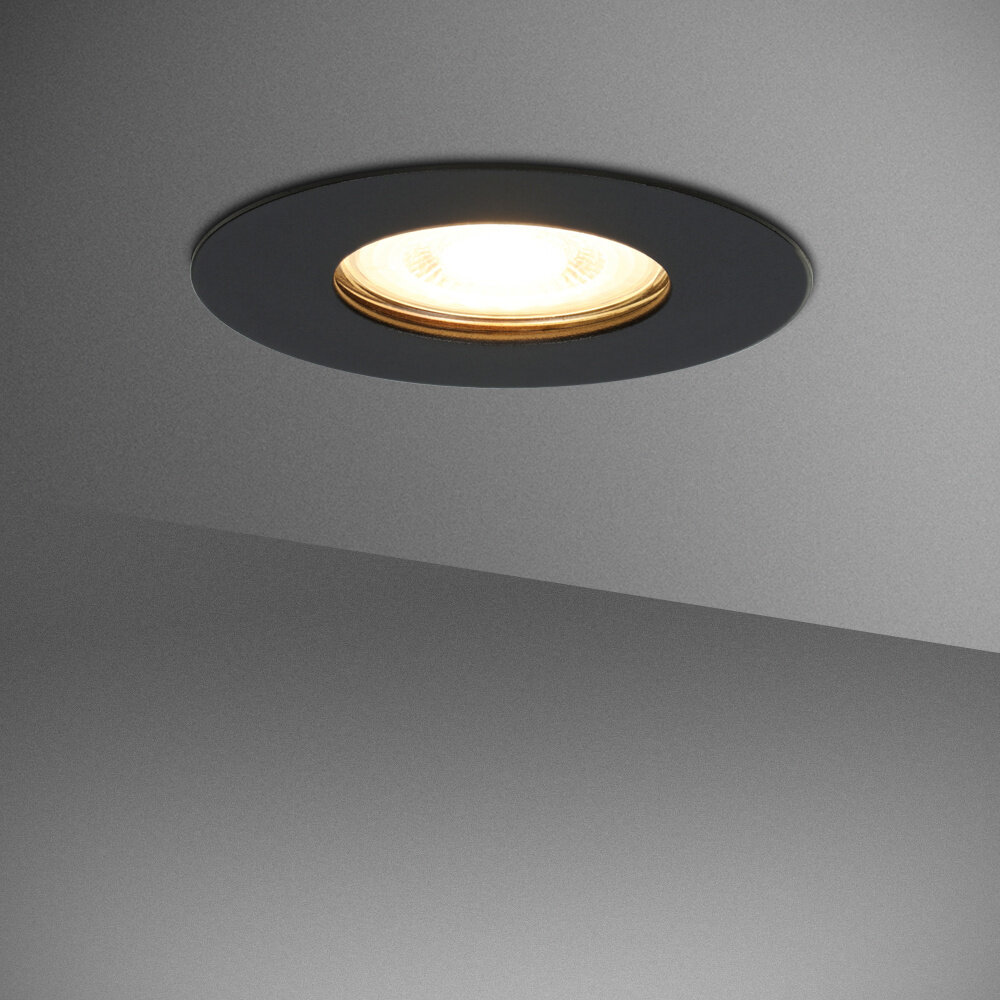
The controller is the brain of your LED light system, and it’s responsible for regulating the power and light output. If your LED light is blinking, the first thing you should check is the controller. Start by making sure the controller is properly connected to the power source and the LED lights. Check the wires for any damage or loose connections. If everything looks good, try resetting the controller by unplugging it from the power source and plugging it back in after a few minutes. This can sometimes fix the issue and get your LED lights back to normal. If resetting the controller doesn’t work, you may need to replace it. Look for a replacement controller that is compatible with your LED lights and has similar power and output capabilities. Make sure to follow the manufacturer’s instructions for installation and programming. If you’re not comfortable replacing the controller yourself, you may need to contact a professional electrician or LED light technician to help you out. Remember, the controller is a crucial component of your LED light system, and it’s essential to keep it functioning properly to ensure your lights work as they should.
The controller plays a crucial role in the functionality of LED lights. It is responsible for regulating the flow of electricity to the LEDs, ensuring that they receive the correct voltage and current. This is important because if the voltage or current is too high or too low, it can cause the LED lights to blink or flicker. Additionally, the controller can also affect the color and brightness of the LEDs by adjusting the intensity of the current. Therefore, if your LED lights are blinking, it is likely due to an issue with the controller, and troubleshooting the controller should be the first step in resolving the issue.
If you are experiencing blinking LED lights, it may be due to a faulty controller. To check if the controller is the issue, start by unplugging the LED lights from the power source. Next, locate the controller and inspect it for any physical damage or loose connections. If everything appears to be in order, use a multimeter to test the voltage output of the controller. The voltage reading should match the manufacturer’s specifications. If the voltage is incorrect, the controller may need to be replaced. If the voltage is correct, the issue may lie elsewhere in the circuitry. By following these step-by-step instructions, you can quickly determine if the controller is the cause of the blinking LED lights and take appropriate action to fix the issue.
LED lights blinking can be caused by various factors. The most common reason is a poor connection between the bulb and the fixture, which can cause the circuit to break intermittently. Another reason could be a faulty driver, which can cause the voltage to fluctuate, leading to flickering or blinking lights. Additionally, the wrong type of dimmer switch or incompatible bulbs can also cause LED lights to blink. In some cases, power surges or electrical issues in the wiring can also result in blinking LED lights. It’s important to identify the root cause of the blinking and take appropriate steps to rectify the issue to prevent further damage to the LED lights.
If you’re experiencing blinking LED lights, there’s no need to panic. The first step in troubleshooting is to identify the root cause of the issue. This may involve checking the power source, ensuring the wiring is properly connected, and ensuring the LED bulb is compatible with the fixture. Additionally, resetting the circuit breaker and replacing the LED bulb or fixture may solve the issue. If none of these steps work, it may be best to hire a professional electrician to diagnose and repair the problem. Remember to always prioritize safety when dealing with electrical issues.
In addition to the troubleshooting tips mentioned, there are a few things you can do to help maintain your LED lights and prevent blinking issues. Firstly, make sure you are using the correct voltage for your LED lights, as using too high or too low voltage can cause blinking. Secondly, keep your LED lights clean and free from dust and debris, as this can also cause blinking. Lastly, avoid overloading your LED lights by connecting too many lights to one circuit, as this can cause voltage drop and blinking. By following these additional tips, you can enjoy your LED lights without any interruptions or blinking issues.
Conclusion
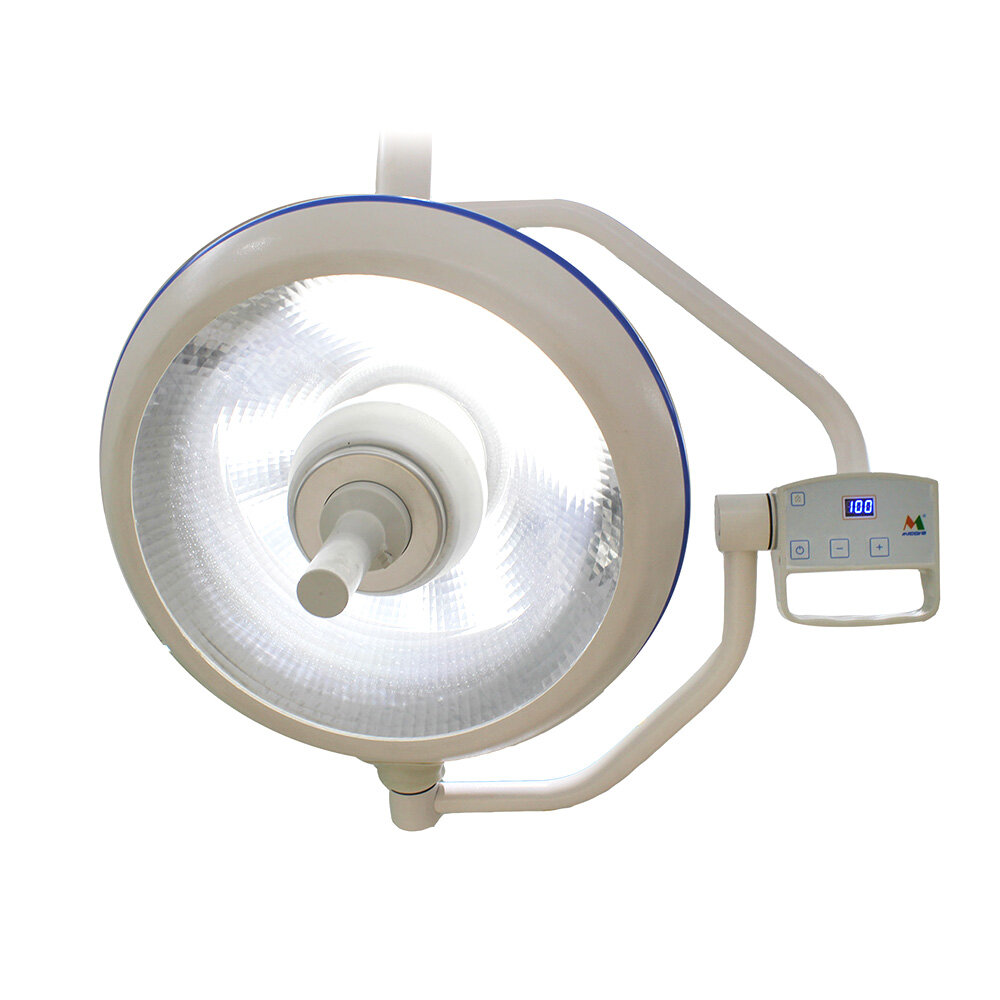
In conclusion, troubleshooting a blinking LED light can be frustrating, but it is a common issue that can be fixed with some simple steps. By identifying the root cause of the issue, such as a faulty wiring connection or a defective driver, you can then take the necessary steps to address it. Whether it be replacing a component, resetting the device, or seeking professional assistance, there are various solutions available to fix the problem. Remember, taking the time to troubleshoot and fix the issue can help you save money, time, and energy in the long run. So, don’t let a blinking LED light get you down, and take action to resolve it today.


